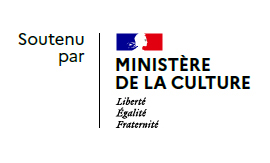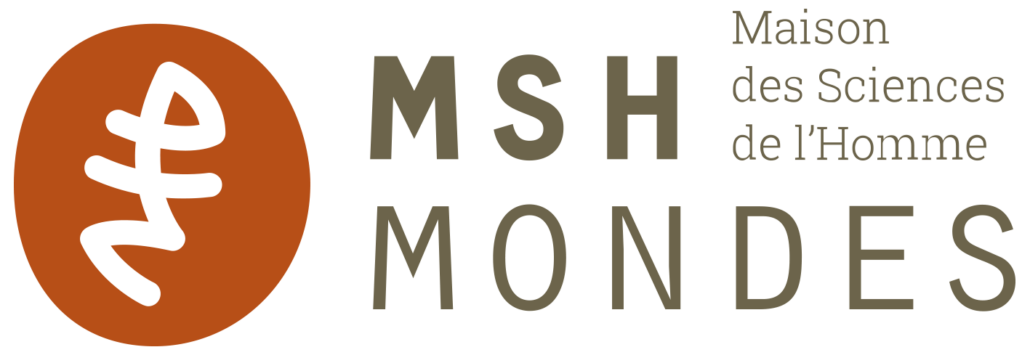| Current library | Call number | Status | Notes | Date due | Barcode |
|---|---|---|---|---|---|
| Nanterre : MSH Mondes - Bibliothèque d’archéologie et des sciences de l’Antiquité | A.140/618 GERE (Browse shelf(Opens below)) | Available | P10 ERA ProtoEg 08-04-2010 6380/7259 | BMRG17254 |
Bibliogr. p. 261-269. Notes bibliogr. Index
In the spring of 1900, British archaeologist Arthur Evans began to excavate the palace of Knossos on Crete, bringing ancient Greek legends to life just as a new century dawned amid far-reaching questions about human history, art, and culture. Over the next three decades, Evans engaged in an unprecedented reconstruction project, creating a complex of concrete buildings on the site that owed at least as much to modernist architecture as they did to Bronze Age remains. In the process, he fired the imaginations of a whole generation of intellectuals and artists, whose work would drive movements as disparate as fascism and pacifism, feminism and psychoanalysis.
With Knossos and the prophets of modernism, Cathy Gere relates the fascinating story of Evans’s excavation and its long-term effects on Western culture. Gere shows how Evans’s often-fanciful account of ancient Minoan society captivated a generation riven by serious doubts about the fundamental values of European civilization. After the First World War left the Enlightenment dream in tatters, the lost paradise that Evans offered in the concrete labyrinth—pacifist and matriarchal, pagan and cosmic—seemed to offer a new way forward for writers, artists, and thinkers such as Freud, James Joyce, Georgio de Chirico, Robert Graves, Hilda Doolittle, all of whom emerge as forceful characters in Gere’s account.
(Source : jaquette)








There are no comments on this title.